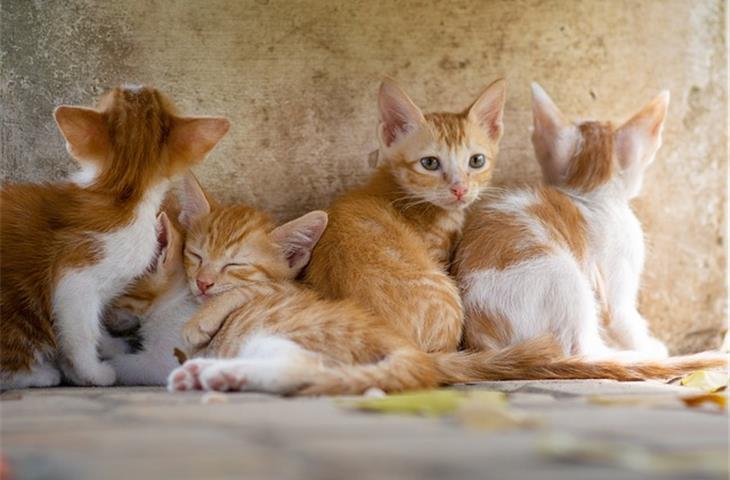Insuring Your Cat: What to Consider Before Adoption

When contemplating integrating a novel feline companion into your domicile, pet insurance emerges as a paramount facet deserving meticulous contemplation. It serves as a pragmatic measure to guarantee that your beloved pet enjoys optimal medical attention devoid of economic stressors. Let’s dive deep into the pivotal aspects to deliberate upon when perusing through pet insurance prior to welcoming a cat.
1. Comprehending Coverage Scenarios

Prior to embracing a pet insurance plan, it’s critical to comprehend the encompassing coverage scenarios. Certain plans may encompass solely accidents, while others could encompass both illnesses and routine maintenance. It’s of utmost importance to assess which plan best resonates with your objectives and fiscal constraints.
2. Analyzing Deductibles and Co-pays

Insurance policies frequently incorporate deductibles and co-pays, representing the sums you’re obligated to bear out of pocket preceding the commencement of your insurance coverage. Grasping these expenditures is indispensable in managing your fiscal anticipations.
3. Evaluating Exclusions and Constraints

Insurance policies generally feature exclusions and constraints. Pre-existing conditions, congenital or hereditary disorders, and certain breeds are among the frequent exclusions. It’s imperative to be cognizant of these limitations to circumvent unforeseen complications at a later stage.
4. Scrutinizing Premiums and Reimbursement Ratios
The expense of pet insurance can fluctuate considerably, contingent upon the provider, the coverage scenario, and your cat’s age and breed. Reviewing premiums and reimbursement ratios can assist you in reaching a well-informed decision that accommodates your budget.
Now, let’s scrutinize each of these facets in depth.
The initial phase in selecting a pet insurance plan involves understanding the diverse types of coverage accessible. Some plans are comprehensive, encompassing accidents, illnesses, and routine care, whereas others might be more specialized, concentrating solely on accidents or illnesses. It’s crucial to evaluate your requirements and predilections prior to opting for a plan.
Analyzing Deductibles and Co-pays
Insurance policies often incorporate deductibles and co-pays, representing the sums you’re obliged to bear prior to the initiation of your insurance coverage. Deductibles can span from a modest few hundred dollars to substantial several thousand, contingent on the plan. Co-pays are typically a fraction of the total invoice post the fulfillment of the deductible. It’s crucial to grasp these expenditures to manage your fiscal anticipations efficiently.
Evaluating Exclusions and Constraints
Insurance policies generally feature exclusions and constraints, which can differ from one provider to another. Pre-existing conditions, congenital or hereditary disorders, and certain breeds are among the prevalent exclusions. It’s crucial to review these exclusions and constraints meticulously to ascertain adequate coverage.
Scrutinizing Premiums and Reimbursement Ratios
The expense of pet insurance can fluctuate considerably, contingent upon the provider, the coverage scenario, and your cat’s age and breed. Some providers offer tiered plans, with elevated premiums corresponding to broader coverage. Moreover, reimbursement ratios can vary, with some plans offering up to 90% reimbursement whilst others might offer lesser. Reviewing these costs is crucial in reaching a well-informed decision that accommodates your budget.
Conclusion
In summation, pet insurance emerges as a significant factor when integrating a new cat into your household. By comprehending coverage scenarios, analyzing deductibles and co-pays, evaluating exclusions and constraints, and scrutinizing premiums and reimbursement ratios, you can reach a well-informed decision ensuring your cat enjoys the finest possible care. Bear in mind, the appropriate pet insurance plan can provide tranquility, knowing that you’re financially equipped for any unanticipated veterinary expenditures.